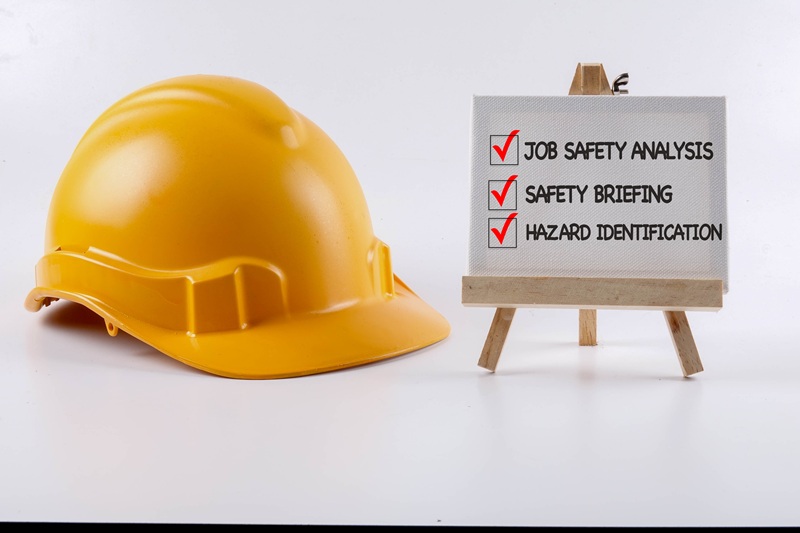ABC’s 2025 Safety Report: The blueprint for safer construction jobsites

The Associated Builders and Contractors (ABC) recently released its annual guide to construction jobsite health and safety best practices.
The 2025 Health and Safety Performance Report is based on 2024 data covering over one billion work hours from ABC members using the STEP® Health & Safety Management System. Information from OSHA Form 300A data and “self-assessment of leading indicator practices” was analyzed to determine the foundations of industry-leading safety best practices. It’s a valuable benchmark for construction companies to evaluate, refine, and elevate their safety efforts by comparing existing safety programs against the STEP framework.
Focusing on leading indicators, top-performing firms were nearly seven times safer than the construction industry average and reported significant reductions in TRIR (Total Recordable Incident Rate) and DART (Days Away, Restricted, or Transferred). Here are the five key safety best practices driving the reductions:
- Compelling new hire safety orientation.
Many construction companies limit their orientations to basic health and safety compliance, which can send the wrong message because it implies that safety is just about following rules to avoid penalties and does not inspire commitment. CEOs or senior leadership of top performing companies frame safety as a core cultural value by emphasizing the company’s commitment to safety and communication and employee expectations and responsibilities. Time is spent on how to report unsafe conditions, near-misses, or incidents, detailed training tailored to the tasks the worker will be performing, protective gear/safety skills demonstrations, performance evaluation and recordkeeping, and a mentorship program for each new hire until orientation is complete. Focusing on workers makes safety about saving lives and compliance becomes a natural by-product. (TRIR 52 percent lower; DART 56 percent lower) - Substance abuse prevention programs.
One-third of all incidents on construction jobsites are drug- or alcohol-related. Key components of the program include a well-communicated safety policy with strict rules regarding drug and alcohol use, supervisor training, recordkeeping, and active enforcement; drug and alcohol testing (where permitted – pre-hire, random, and reasonable suspicion); an employee assistance program, and ongoing education on substance abuse prevention. (TRIR 52 percent lower; DART 55 percent lower) - Frequent toolbox talks.
Monthly tool talks were once a standard training tool, but top- performing companies now conduct 15–30-minute daily tool talks that are more like a continuing discussion than training. Often led by employees with top leaders participating, they keep safety top of mind, build habits, and respond to changing site conditions, including emerging risks like weather, new equipment, or subcontractors. Moreover, workers are likely to remember and apply lessons from a brief daily discussion than from a long monthly meeting. (TRIR 78 percent lower; DART 79 percent lower) - Top management engagement in safety best practices.
Employer involvement at the highest level of company management is critical for a strong safety culture. In addition to being an active participant in the program, the CEO who solicits feedback, prioritizes improvement, commits time, money, and personnel to the program, and integrates health and safety into performance appraisals and other company operations demonstrates that safety is a core value and everyone’s responsibility. (TRIR 49 percent lower; DART 52 percent lower) - Leading indicators.
Each company identifies and defines at least four leading indicators that are not post-injury related. Leading indicator data is reviewed weekly by the owner/CEO, and site management and work practices are adjusted accordingly. Some core leading indicators discussed in the report include use of personal protective equipment (PPE), planning for project health and safety, health and safety program performance reviews, task-specific health and safety processes, and toolbox talks. (TRIR 59 percent lower; DART 60 percent lower)
SEVEN SECRETS
You’ll receive important information to help you avoid overcharges on your workers’ compensation.
